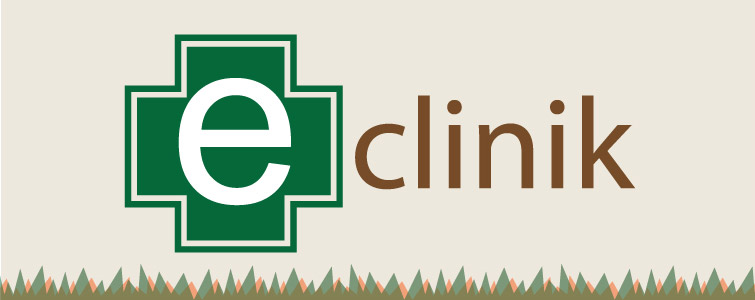Predators
Predators - Natural Biocontrol Agents of Termites
Biological control methods involve ants that prey on termites. While ants are natural predators for termites, they do not offer as effective prevention or control as bait or termiticide treatment systems. In the field, however, often it is seen that non-pesticidal treated plots harbour ant colonies, which helps in natural control of termites to some extent. Whenever, toxic termiticides are resorted to, obviouly, ants are killed or repelled to untreated areas.
An ant colonization in rabi wheat at IARI Farm - natural termite control
In termite swarming places, it is a common thing, that the alates dropped down and delated on the ground below the light source (where swarming took place), are often predated by various types of ants aggressively.
Predation of alates by ants
Other predators commonly found in swarming as well as mound areas are frogs, toads, lizards etc. as natural enemies to termites.
Common predator in swarming and mound areas (frogs, toads, lizards etc.)
Predation in swarmings
At swarming and during their subsequent overt behavior, imagoes of many species are eaten by all sorts of animals, particularly other arthropods (scorpions, solpugids, spiders, centipedes, dragonflies, cockroaches, mantids, crickets, beetles, flies, and wasps) and vertebrates (fish, frogs, toads, lizards, snakes, birds, and mammals, including man)(Krishnakumar & Weesner 1970: Biology of Termites. [Vol-II, Academic Press, New, York).
In India, a recent study on Termitoloemus marshalli Baranov (Calliphoridae: Diptera) taxonomy, biology and predation potential were studied (Singh and Rognes, 2014). Each fly was reported to kill thousands of soldiers and workers. The biocontrol potential of this dipteran insect was also noteworthy and its prospect as termite biocontrol agent was discussed.
At swarming and during their subsequent overt behavior, imagoes of many species are eaten by all sorts of animals, particularly other arthropods (scorpions, solpugids, spiders, centipedes, dragonflies, cockroaches, mantids, crickets, beetles, flies, and wasps) and vertebrates (fish, frogs, toads, lizards, snakes, birds, and mammals, including man).
Cats and crows are common predators of termites
Total Visit: 02012465


